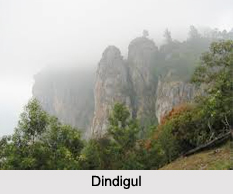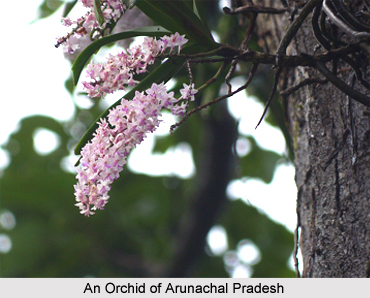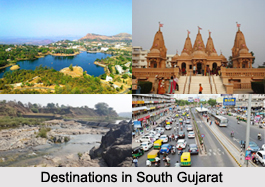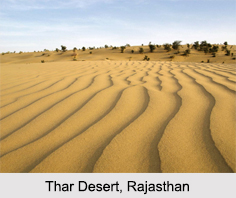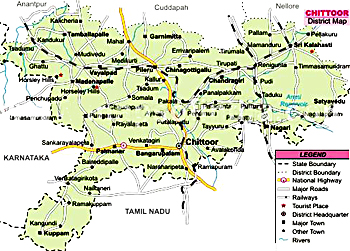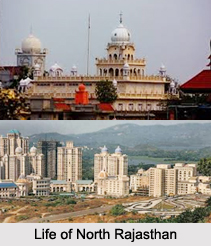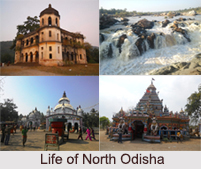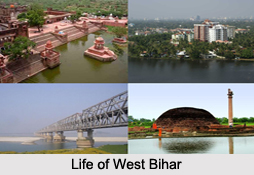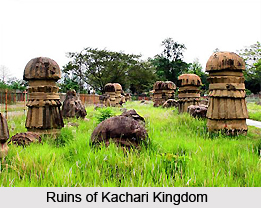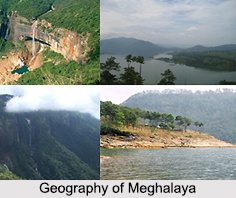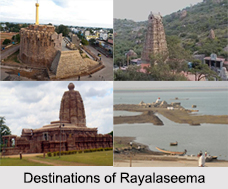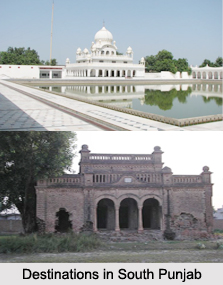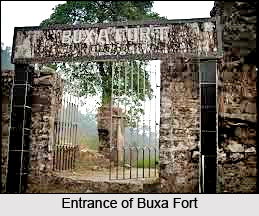 History of Jalpaiguri in West Bengal recounted with its advent as the separate district, the survival of the district can be traced in the age of the Gupta Kings when it used to be a part of Kamrup (the present area of Cooch Behar). Later it became a part of the Bhutanese kingdom and finally when the British approached in the eastern zone of India, they captured the whole area of Jalpaiguri and annexed it.
History of Jalpaiguri in West Bengal recounted with its advent as the separate district, the survival of the district can be traced in the age of the Gupta Kings when it used to be a part of Kamrup (the present area of Cooch Behar). Later it became a part of the Bhutanese kingdom and finally when the British approached in the eastern zone of India, they captured the whole area of Jalpaiguri and annexed it.
The present history of Jalpaiguri district dates back to the time when the British separated it into two sections and merged the eastern part with the Goalpara district in Assam and with the western tract constitute a new district named Western Doars.
Finally, for administrative conveniences the district was reorganized and the parts annexed with Assam and the western Duars became integrated with the new name "Jalpaiguri" and the Jalpaiguri town became the district headquarter. Jalpaiguri was attributed the status of the separate functional district on 1869, 1st January. Since its advent as a separate district, it functioned as a part of several administrative units at different times. The history of Jalpaiguri starts from this very time when it came to exist as a separate administrative section.
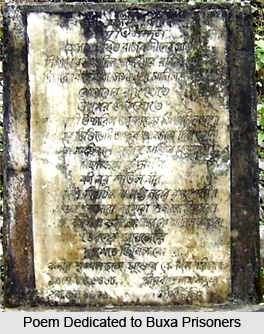 As far as the history of Jalpaiguri district is concerned the district witnessed a booming progress in the from the late19th and early 20th century, when the British found the north-eastern terraces called Duars, very congenial for tea cultivation. Within a short span of time the region is marked with the mushrooming tea gardens with Jalpaiguri town as the port-of-call for all going to these gardens. People from the different areas concentrated in this town to find a share in the lucrative tea-trade. The British had their own lot in the region. This resulted in the cosmopolitanism of the town. As the history narrates, business boomed in the town and it was established as the principal commercial hub of British India.
As far as the history of Jalpaiguri district is concerned the district witnessed a booming progress in the from the late19th and early 20th century, when the British found the north-eastern terraces called Duars, very congenial for tea cultivation. Within a short span of time the region is marked with the mushrooming tea gardens with Jalpaiguri town as the port-of-call for all going to these gardens. People from the different areas concentrated in this town to find a share in the lucrative tea-trade. The British had their own lot in the region. This resulted in the cosmopolitanism of the town. As the history narrates, business boomed in the town and it was established as the principal commercial hub of British India.
However the mid 20th period of India, witnessed the independence and the separation of Bengal, which had a severe effect in the glorious history of Jalpaiguri. Overnight Jalpaiguri`s geographical status has been altered and it became the insignificant part at the nook of West Bengal`s territory, loosing all its past glory. The separation had also threatened its Railway link with Calcutta, the principal site to carry out the trade, which affects the prosperous economy of the district.
But the partition of Bengal also gifted some newer responsibilities to this district. It emerged as a divisional headquarters of North Bengal and shortly became the seat of North Bengal bench of Kolkata High Court. It was also the divisional headquarter of the Life Insurance Corporation of India.
As the history of Jalpaiguri district suggests, Jalpaiguri district is colonial Bengal in all its glory. The well-decorated parks and the stately bungalows, decorated in the British style at the core of the town gives a sense of the British colonies once prevailed there.







